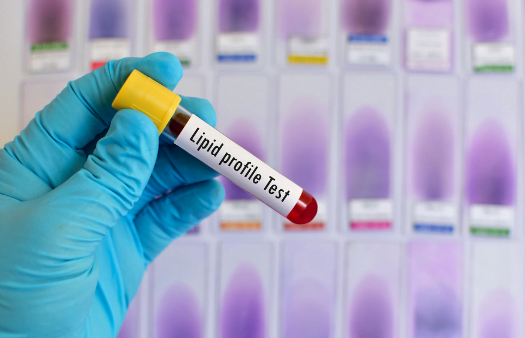Cardiovascular Risk Biomarker Testing in Rodents
In the context of clinical and healthcare testing, particularly within cardiovascular & lipid profile testing, understanding the role of biomarkers is crucial. These biomarkers provide valuable insights into an individual's risk for developing cardiovascular diseases (CVD). By studying these markers in rodent models, researchers can mimic human conditions more closely than ever before.
Cardiovascular Risk Biomarker Testing involves a series of meticulous procedures designed to identify and measure specific proteins or molecules associated with CVD. These biomarkers include cholesterol levels, triglycerides, LDL ("bad" cholesterol), HDL ("good" cholesterol), apolipoproteins, and others that play key roles in lipid metabolism.
Using rodent models allows for a controlled environment where genetic modifications can be made if necessary, leading to more accurate predictions of how these biomarkers influence disease progression. This approach is particularly beneficial when studying the effects of diet, exercise, or drug treatments on cardiovascular health.
The testing process typically begins with selecting appropriate rodent strains based on their genetic background and susceptibility to CVD. Blood samples are then collected from these animals following strict protocols regarding fasting periods and handling techniques to minimize stress-induced changes in biomarker levels.
Once collected, the blood samples undergo rigorous processing steps including separation of plasma or serum for subsequent analyses using advanced analytical methods such as HPLC (High Performance Liquid Chromatography), ELISA (Enzyme-Linked Immunosorbent Assay), and mass spectrometry. Each method offers unique advantages depending on the biomarker being measured.
Following analysis, data is interpreted according to established thresholds defined by international standards like ISO 15189 for quality management systems in medical laboratories or IEC 62304 for software life cycle processes in healthcare technology. These guidelines ensure consistency and reliability across different labs performing similar tests.
Finally, comprehensive reports are generated detailing the findings along with interpretations relevant to both research purposes and clinical applications. Such information helps inform treatment decisions aimed at reducing cardiovascular risks effectively.
Why It Matters
The importance of cardiovascular risk biomarker testing cannot be overstated given the prevalence and impact of CVD worldwide. Early detection through such tests enables timely interventions that could potentially save lives or improve quality of life significantly.
- Predictive Power: Identifying high-risk individuals early allows for targeted preventive measures which may prevent future heart attacks or strokes.
- Evaluation of Treatments: Clinical trials often involve assessing new medications' efficacy and safety by monitoring changes in relevant biomarkers over time.
- Personalized Medicine: Understanding individual responses to therapy based on biomarker profiles paves the way for more personalized treatment plans tailored specifically to each patient's needs.
Applied Standards
| Standard Number | Description |
|---|---|
| ISO 15189:2017 | International standard for quality and competence of medical laboratories. |
| IEC 62304:2016 | International standard addressing software lifecycle processes in healthcare technology. |
| AAMI T15-2017 | American Association for Accreditation of Laboratory Services guideline on proficiency testing programs. |
Use Cases and Application Examples
- Pharmaceutical R&D: Developing new drugs aimed at lowering LDL cholesterol levels in patients with familial hypercholesterolemia.
- Clinical Trials: Evaluating the effectiveness of statins by measuring reductions in total cholesterol and LDL-C post-treatment.
- Epidemiological Studies: Investigating associations between dietary habits and cardiovascular risk factors among different populations using animal models.





